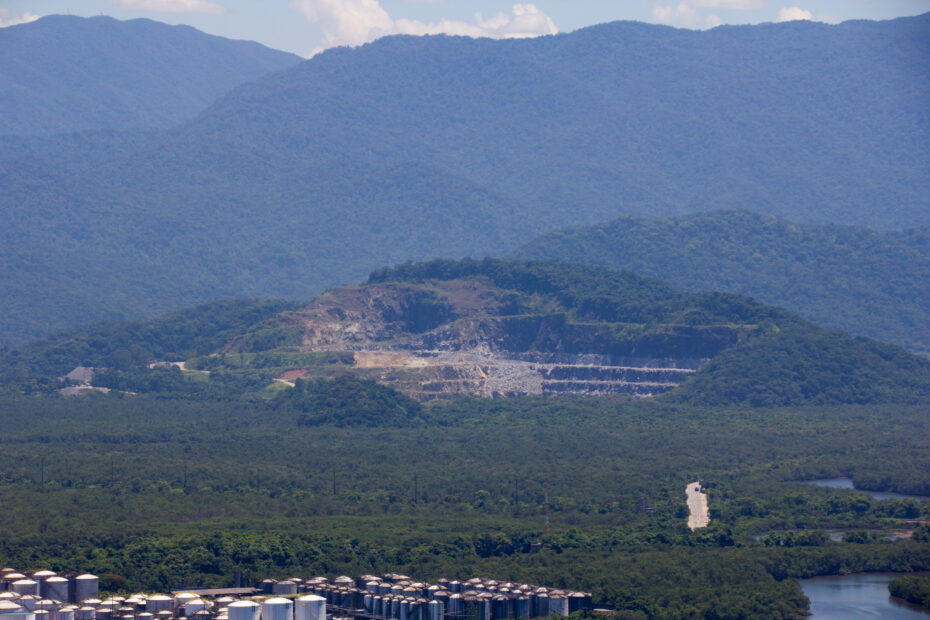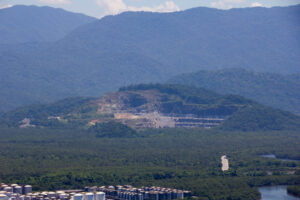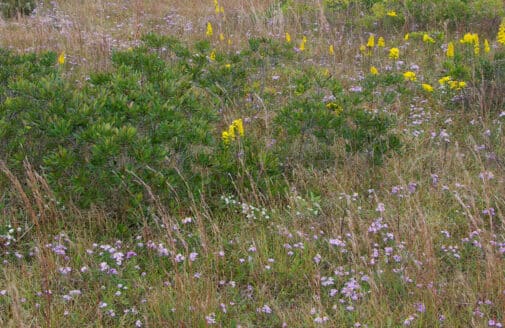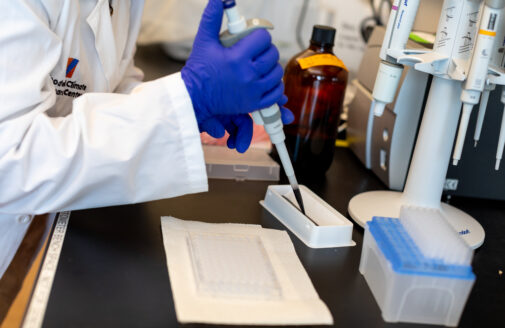Legal mining sites in Brazil store 2.55 gigatonnes of CO2 in vegetation and soil, study estimates

photograph by Mike Peel (www.mikepeel.net)., CC BY-SA 4.0 <https://creativecommons.org/licenses/by-sa/4.0>, via Wikimedia Commons
Legal mining sites in Brazil store 2.55 gigatonnes of CO2 in vegetation and soil, study estimates
Researchers at the University of São Paulo highlight the importance of monitoring these areas and advocate the use of technosols based on tailings and other waste to offset part of their emissions.

As global temperatures continue to reach all-time highs and discussions intensify about ways to mitigate the adverse effects of climate change, researchers at the University of São Paulo’s Luiz de Queiroz College of Agriculture (ESALQ-USP) in Brazil have reported the results of a scientific study showing that if all the country’s active legal mining sites continue to operate in the coming decades, emissions will total an estimated 2.55 gigatonnes of equivalent carbon dioxide (Gt CO2eq) due to loss of vegetation (0.87 Gt CO2eq) and soil (1.68 Gt CO2eq). This total corresponds to about 5% of the world’s annual greenhouse gas emissions from human activities.







